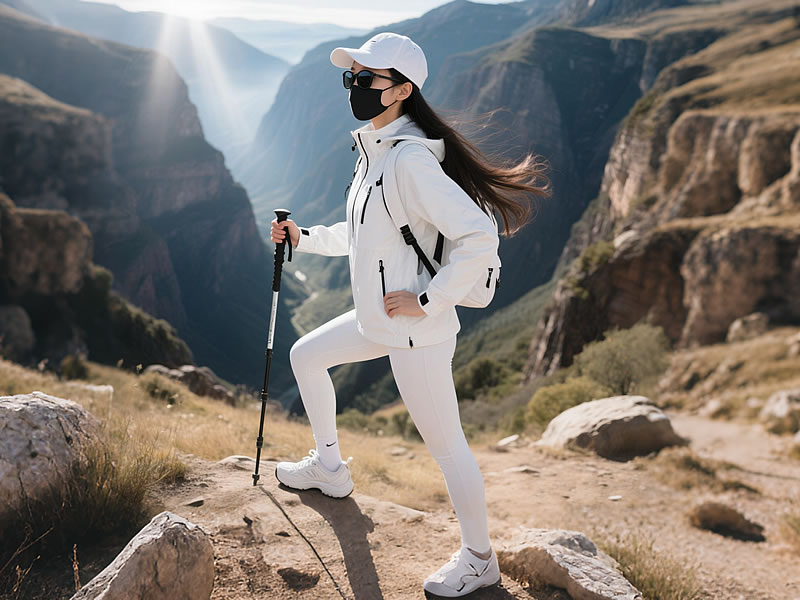How to lighten up hiking gear without sacrificing safety?
Hiking enthusiasts often face a dilemma: reducing pack weight while ensuring safety and preparedness. Striking this balance requires strategy, innovation, and a deep understanding of gear essentials. Here’s a comprehensive guide to achieving a lighter load without compromising safety.

1. Start with the "Big Three": Tent, Sleep System, and Backpack
The heaviest items in your pack are typically your tent, sleeping bag, and backpack. Modern ultralight materials can slash weight dramatically:
- Tents: Swap traditional nylon tents for Dyneema Composite Fabric (DCF) shelters or single-wall designs. A 2-person DCF tent can weigh under 1.5 lbs (680g).
- Sleep Systems: Choose down-filled sleeping bags (lighter than synthetic) and pair them with a minimalist inflatable pad (e.g., Therm-a-Rest NeoAir XLite).
- Backpacks: Opt for frameless or ultralight internal-frame packs (under 2 lbs/900g) made from ripstop nylon.
Pro Tip: Calculate your “base weight” (gear excluding consumables) and aim for under 15 lbs (6.8kg) for multi-day hikes.
2. Multipurpose Gear: Do More with Less
Every item should serve at least two functions:
- A buff can be a hat, neck gaiter, or emergency bandage.
- Trekking poles double as tent poles for ultralight shelters.
- Use a titanium pot as a cooking vessel, bowl, and even a water scoop.
Avoid Redundancy: Ditch duplicates (e.g., extra clothes, utensils) and opt for modular systems.
3. Safety Essentials: Never Compromise
Lightening your pack doesn’t mean skipping critical safety gear. Prioritize these non-negotiable items:
- Navigation: A GPS device (e.g., Garmin inReach Mini) or offline maps on your phone.
- First Aid: Compact kits with blister care, antiseptic wipes, and trauma supplies.
- Weather Protection: A 3-layer rain jacket (under 8 oz/227g) and emergency bivvy.
- Hydration: Lightweight filters (e.g., Sawyer Squeeze) instead of heavy water bladders.
Rule of Thumb: Safety gear should account for 20-25% of your pack weight.
4. Smart Food and Water Strategies
Calorie-dense, dehydrated meals reduce weight while fueling long hikes:
- High-Energy Foods: Nuts, dried fruit, and energy bars (aim for 100+ calories per ounce).
- Water Management: Plan refill points using apps like Gaia GPS to avoid carrying excess.
5. Audit and Optimize
Before hitting the trail:
- Spreadsheet Your Gear: Track weight and categorize items as “essential,” “useful,” or “luxury.”
- Test Incrementally: Try new setups on weekend trips before committing to long hikes.
Common Pitfalls: Over-relying on “cottage gear” without durability testing or skipping emergency signaling tools.
Conclusion: The Art of Minimalism
Lightening your pack is a science and a mindset. Invest in high-quality ultralight gear, master multipurpose systems, and rigorously prioritize safety. By blending innovation with preparedness, you’ll enjoy faster, safer, and more enjoyable adventures.






